Conservation
Bear Identification

Brown bears, especially, possess charisma and play pivotal roles as both indicator and umbrella species. Contributing to their understanding and protection directly benefits the environment’s overall health. Nonetheless, monitoring bears poses challenges due to their elusive and expansive habitats. The available toolkit for non-invasive bear research is restricted, resulting in a diminished grasp of their population dynamics and trends.
 Overview of the tools developed to identify bears
Overview of the tools developed to identify bears
This project entails a close collaboration with the BearID Project to enhance their Computer Vision system for identifying bears in camera trap images.
Our research and software tool will provide a replicable technique and general approach that can be applied to other species beyond bears, which could aid conservation efforts worldwide.
– BearID Project
Bears are vital for healthy ecosystems
Bears play a crucial role in maintaining healthy ecosystems due to their position as apex predators and their significant influence on various ecological processes. Here are several reasons why bears are vital for ecosystem health:
- Regulation of Prey Populations: As apex predators, bears help control populations of prey species such as deer, elk, and fish. By regulating these populations, bears prevent overgrazing and maintain the balance of plant communities, which in turn affects other species dependent on those plants.
- Seed Dispersal: Bears are omnivores and consume a diverse diet, including fruits, berries, and nuts. As they travel through their habitats, bears inadvertently scatter seeds through their feces, helping to disperse plant species and promote biodiversity.
- Nutrient Cycling: When bears catch prey or forage for food, they often leave behind carcasses or plant remains. These organic materials provide nutrients to the soil and support the growth of vegetation. Additionally, bear feces contribute to nutrient cycling by enriching the soil with nitrogen, phosphorus, and other essential elements.
- Ecosystem Engineering: Bears are known to engage in behaviors that shape their environment, such as excavating dens or overturning logs in search of food. These activities can have cascading effects on ecosystem dynamics by creating habitats for other species or influencing nutrient cycling.
- Indicator Species: Bears serve as indicators of ecosystem health. Their presence, abundance, and behavior can provide insights into the overall condition of the ecosystem, including factors such as habitat quality, food availability, and human impacts.
Overall, the presence of bears in an ecosystem signifies a healthy and balanced environment. Protecting and conserving bear populations is not only essential for their survival but also for the integrity and resilience of the ecosystems they inhabit.

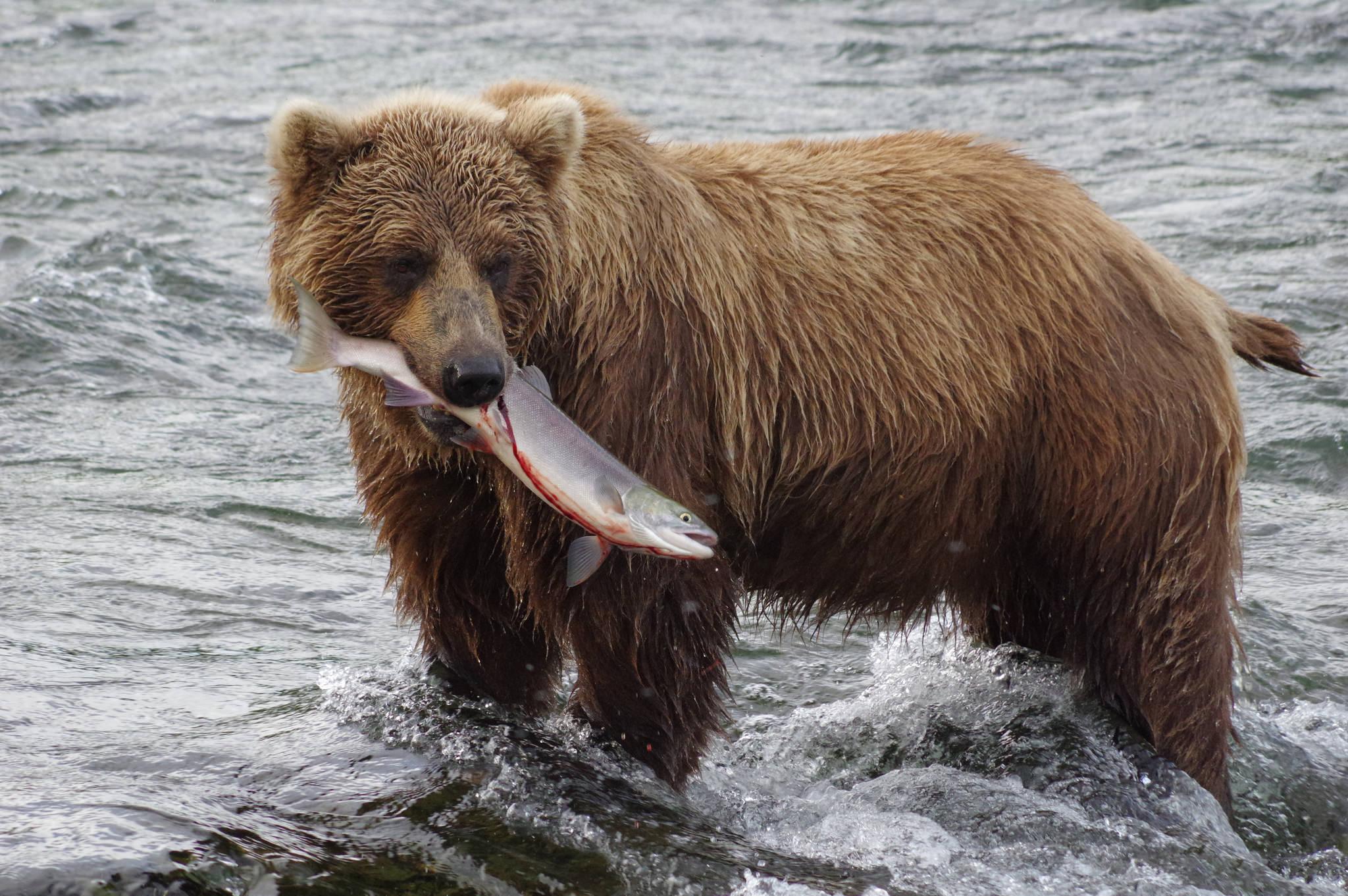
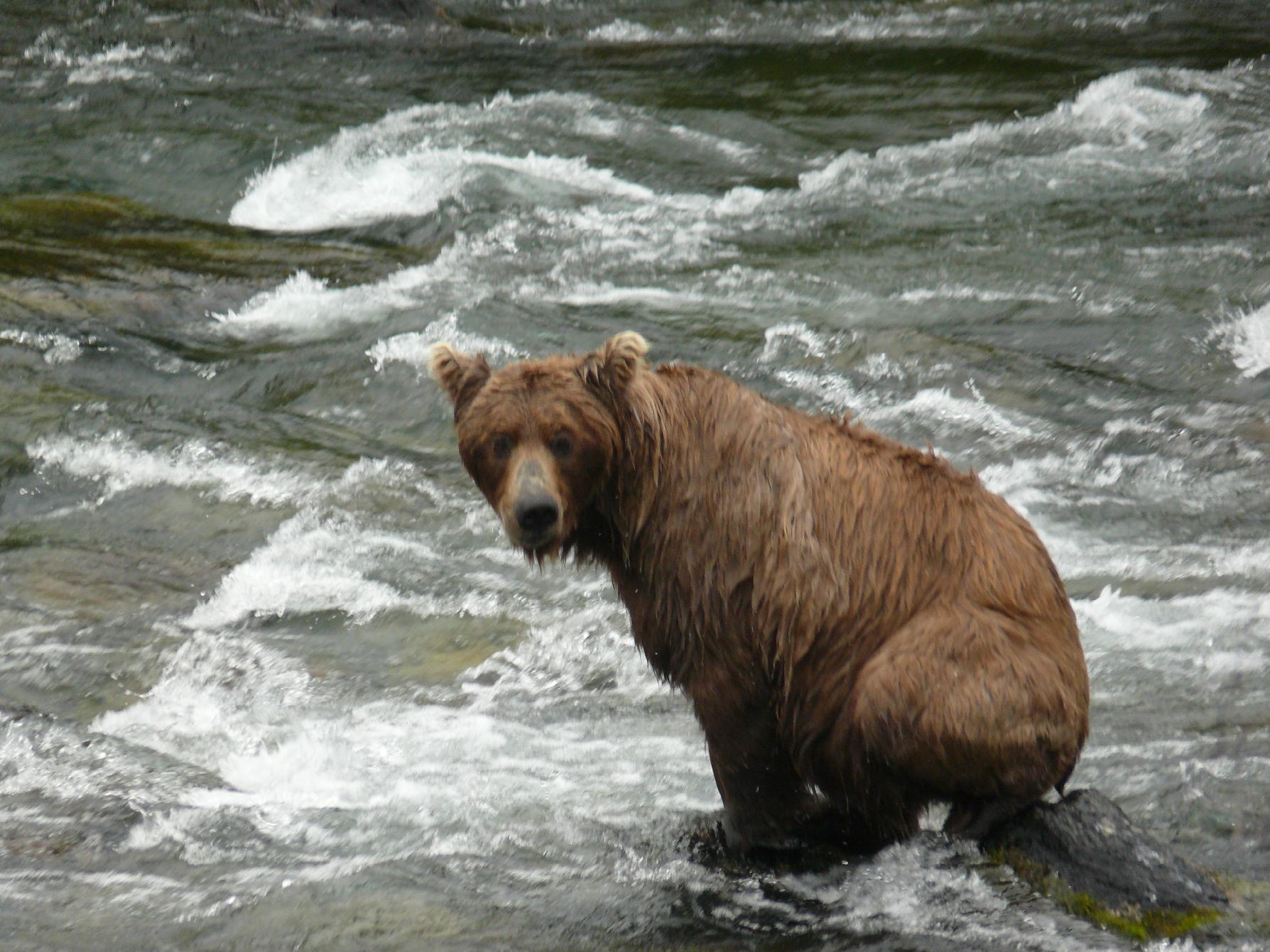

Conservation concerns
Conservation concerns for brown bears stem from various factors that threaten their populations and habitats. Some of the key reasons include:
- Habitat Loss and Fragmentation: Human activities such as deforestation, urbanization, agriculture, and infrastructure development have led to the loss and fragmentation of brown bear habitats. As their habitats shrink and become fragmented, brown bears face challenges in finding suitable areas for foraging, denning, and breeding.
- Human-Wildlife Conflict: Encounters between brown bears and humans often result in conflicts, particularly in regions where humans have encroached upon bear habitats. Conflicts arise due to predation on livestock, crop damage, and perceived threats to human safety. In response, bears may be persecuted through hunting or lethal control measures, further exacerbating conservation concerns.
- Illegal Poaching and Trade: Brown bears are targeted by poachers for their body parts, including fur, claws, and organs, which are used in traditional medicine, cultural practices, or as trophies. Illegal poaching and trade contribute to population declines and disrupt ecosystem dynamics.
- Climate Change: Climate change is altering brown bear habitats by affecting food availability, altering vegetation patterns, and impacting hibernation behaviors. Changes in climate can lead to mismatches in the timing of key events, such as denning and berry ripening, which can negatively impact brown bear populations.
- Habitat Degradation: Human activities such as mining, logging, and recreational activities can degrade brown bear habitats through habitat destruction, pollution, and disturbance. Degraded habitats may not be able to support healthy brown bear populations or provide essential resources for their survival.
- Inadequate Legal Protections: In some regions, brown bears may lack adequate legal protections or face weak enforcement of existing conservation laws. This can result in unchecked exploitation, habitat destruction, and other threats to brown bear populations.
Addressing these conservation concerns requires concerted efforts involving habitat protection, mitigating human-wildlife conflicts, combating illegal poaching and trade, implementing climate adaptation strategies, and promoting policies that ensure the long-term survival of brown bears and their habitats.
How can a Bear Identification system benefit conservation?
- Population Estimation and Migration Patterns: Automated bear identification aids in tracking population trends over time and understanding bear movements, which informs conservation efforts and habitat management.
- Behavioral Research: Enables the study of social interactions, mating behaviors, and reproductive dynamics, crucial for effective conservation strategies.
- Land Management: Informs habitat protection, wildlife corridor establishment, and sustainable land-use planning to support bear populations and biodiversity.
- Human-Wildlife Conflict Resolution: Identifies high-conflict areas, informs proactive measures like bear-proofing, and evaluates the effectiveness of coexistence strategies.
Project Scope and Objectives
The primary objective of our collaboration is to pioneer non-invasive tools to support bear research, monitoring, and conservation efforts. Our overarching aim is to design a low power open-source model that can accurately identify individual bears with an accuracy surpassing 90%.
Presently, the existing face recognition system achieves a top-1 accuracy of 64.9% and a top-5 accuracy of 70.7%.
Note: Top-5 accuracy measures the model’s performance by considering the N highest probability predictions it generates. If any of these predictions matches the true label, the model deems the prediction as correct.
Addressing Challenges in Brown Bear Identification
Brown bears offer an excellent opportunity to extend facial recognition technology beyond primates, presenting both unique possibilities and challenges that likely apply to a diverse range of species:
- Inconsistent Pelage Markings: Unlike many species with distinctive fur patterns, brown bears lack consistent and unique markings, making facial recognition a valuable alternative for individual identification.
- Morphological Variation: Their morphology varies significantly across different habitats and geographic regions, posing a challenge for developing a universally applicable recognition system.
- Seasonal and Age-related Changes: Brown bears undergo substantial weight fluctuations between seasons and throughout their lifespan, necessitating adaptive algorithms capable of accounting for these variations in facial appearance.
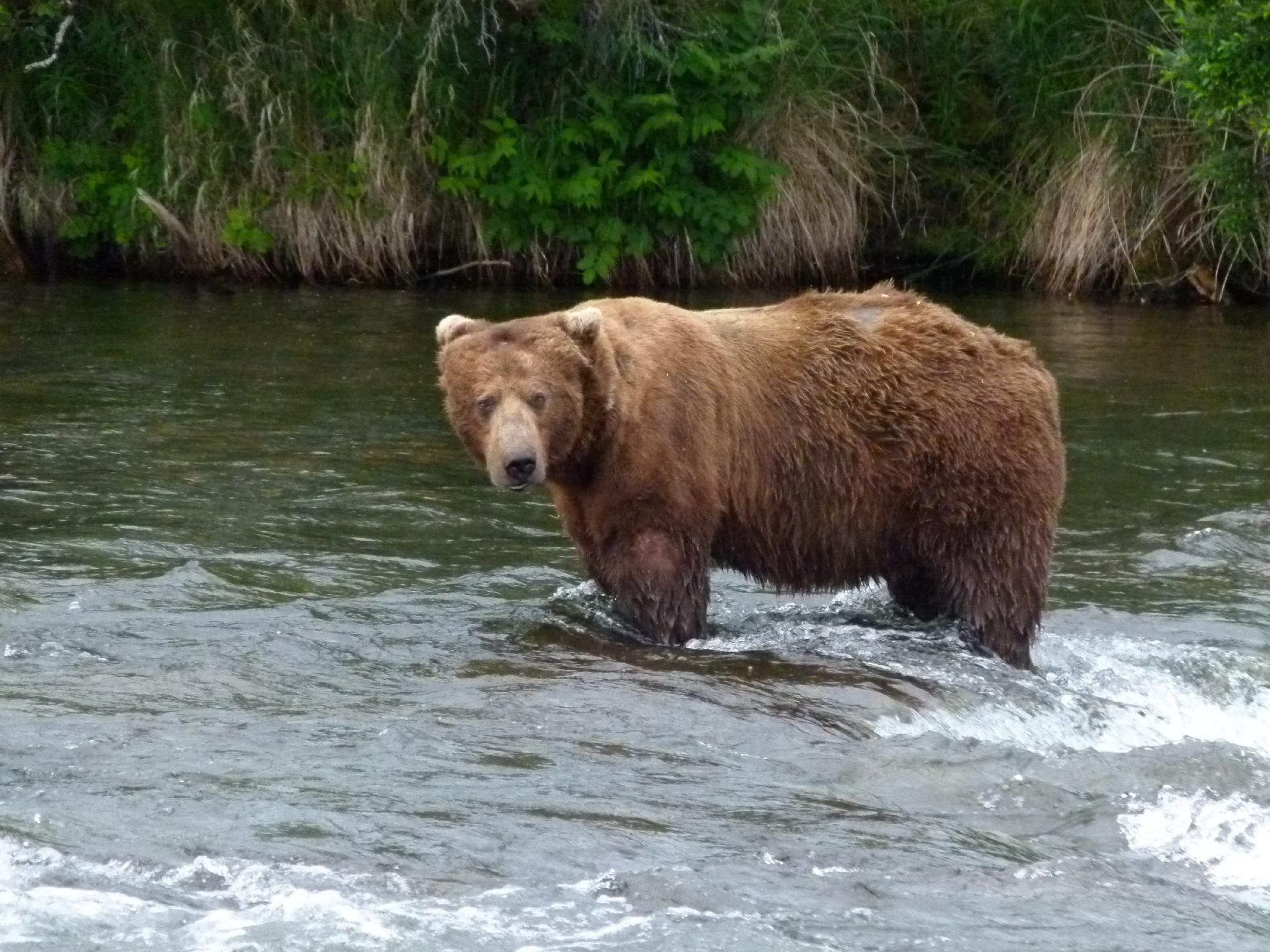
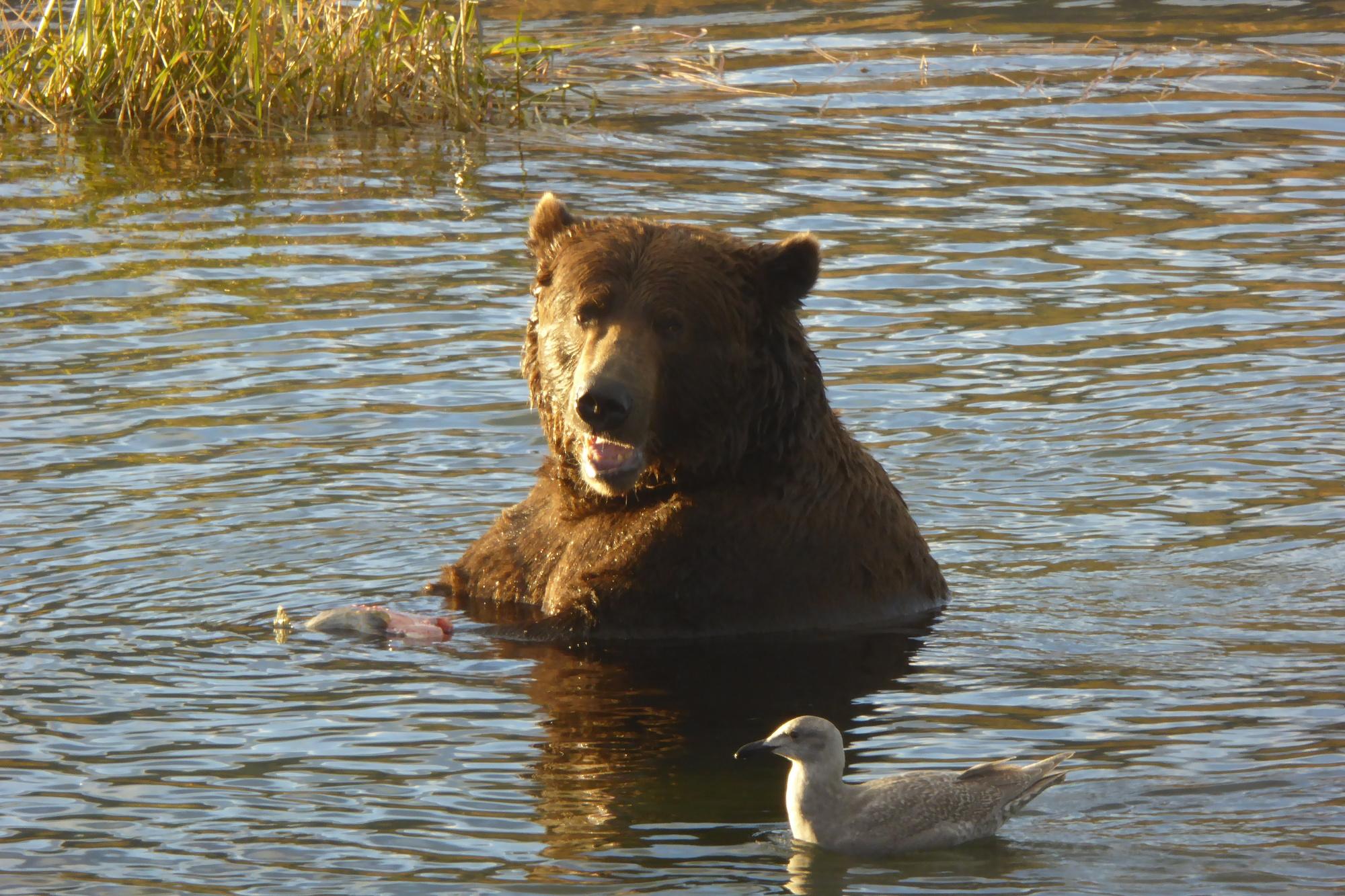
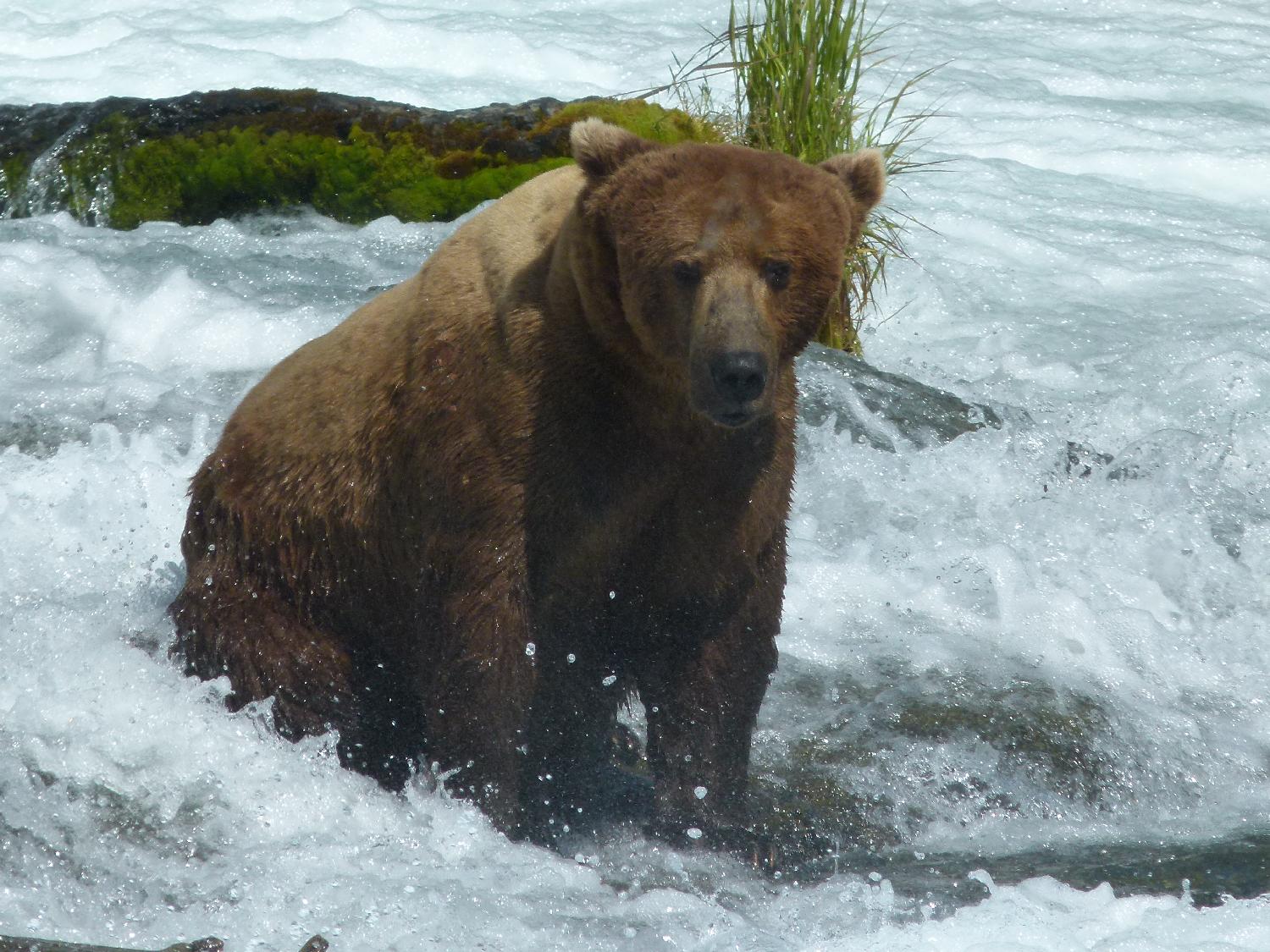
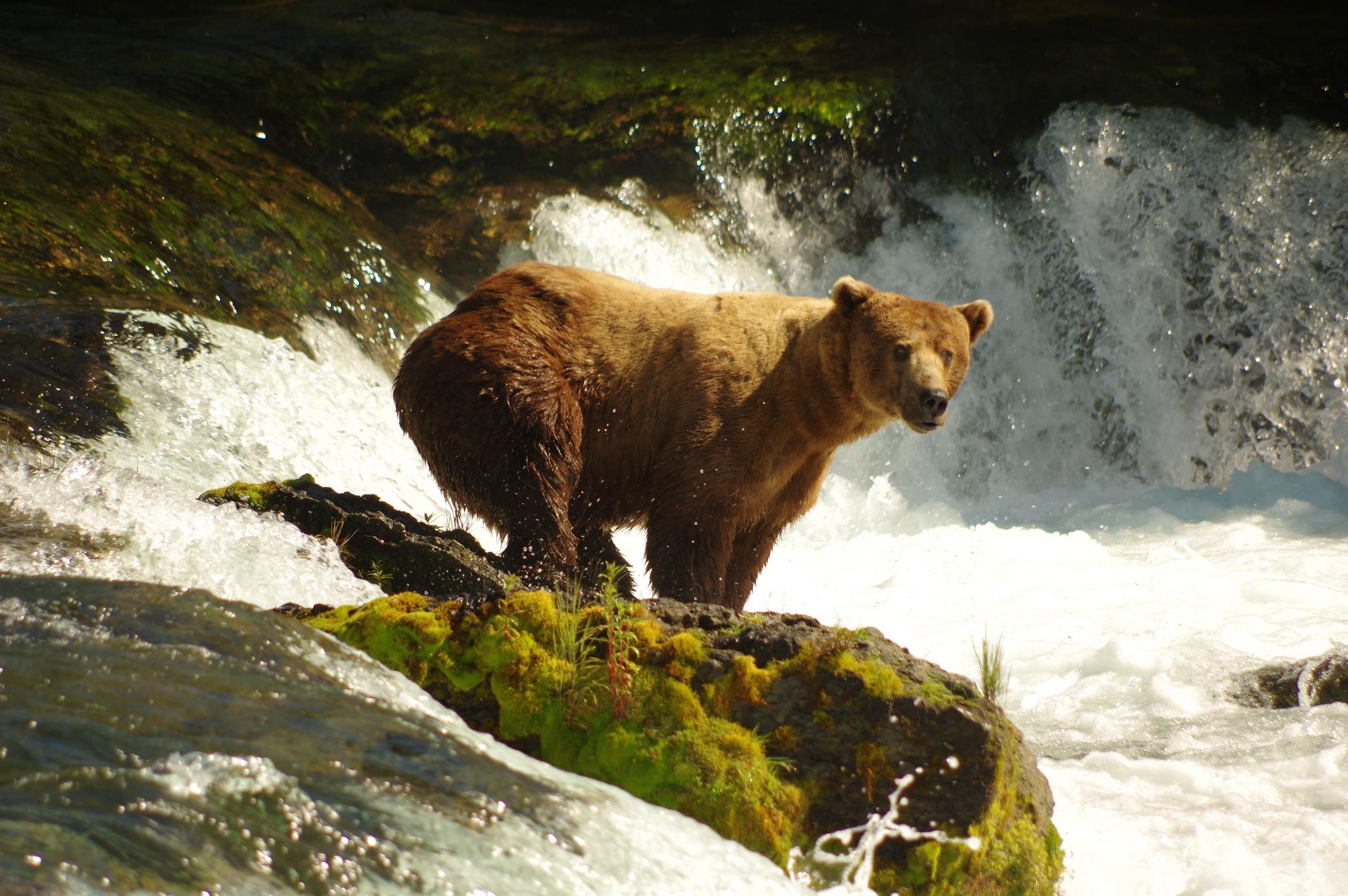
Camera Traps
The advent of camera traps has transformed wildlife observation and research, enabling unprecedented insights into behavioral ecology and facilitating citizen science census projects. These non-invasive monitoring tools offer the advantage of data collection without human presence, minimizing stress on the observed individuals. From the Arctic tundra to tropical rainforests, camera traps have proven versatile, facilitating the study of a diverse range of species. Initially designed for game scouting, camera traps have evolved significantly to become indispensable tools for wildlife research, driving advancements in design, functionality, and affordability.
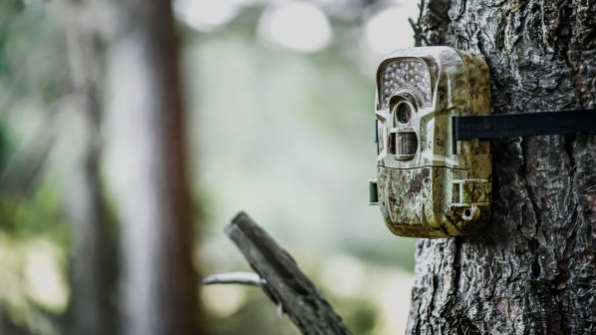
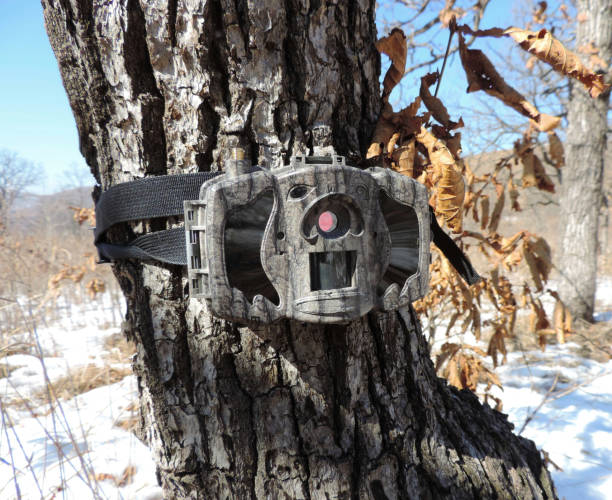
Developed Tools
Open source tools were developed during this project. The system comprises two Machine Learning models that perform the following tasks:
- Instance Segmentation: This model localizes the head of a bear in a camera trap picture. It produces a segmented and normalized image of the bear face.
 Gallery / Instance segmentation of bear faces
Gallery / Instance segmentation of bear faces
- Metric Learning: Segmented bear faces from the previous model are embedded as points in a high-dimensional vector space. This embedding enables clustering of similar individuals and ensures dissimilar ones are distant from each other.
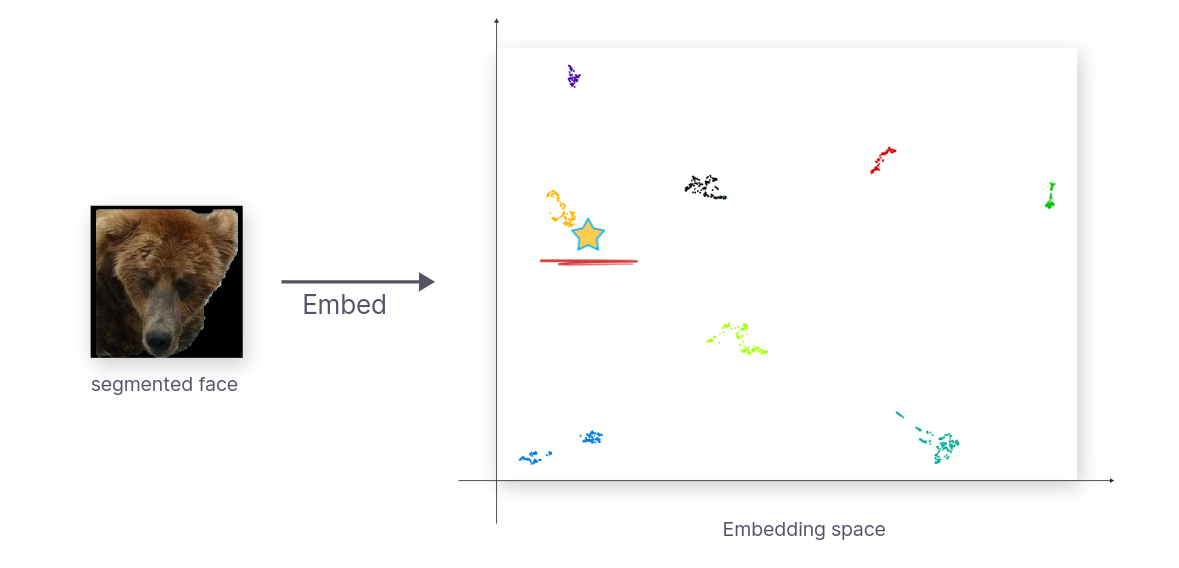 Gallery / Mapping bear faces to points in a vector space
Gallery / Mapping bear faces to points in a vector space
Once the bear faces are mapped onto a high-dimensional space, querying and retrieving the nearest individuals becomes feasible, as summarized in the diagram below:
 Gallery / Full Pipeline Overview
Gallery / Full Pipeline Overview
Conclusion
The state-of-the-art Machine Learning models designed for the precise identification of brown bears in camera trap imagery represent a significant advancement with profound implications for bear population monitoring and conservation. The development of open-source tools in this project signifies a valuable contribution, not only facilitating adaptability to various species but also holding potential to enhance conservation endeavors on a global scale.
One can try out the model from the ML Space or directly from the snippet below:

Human-Wildlife Conflict

